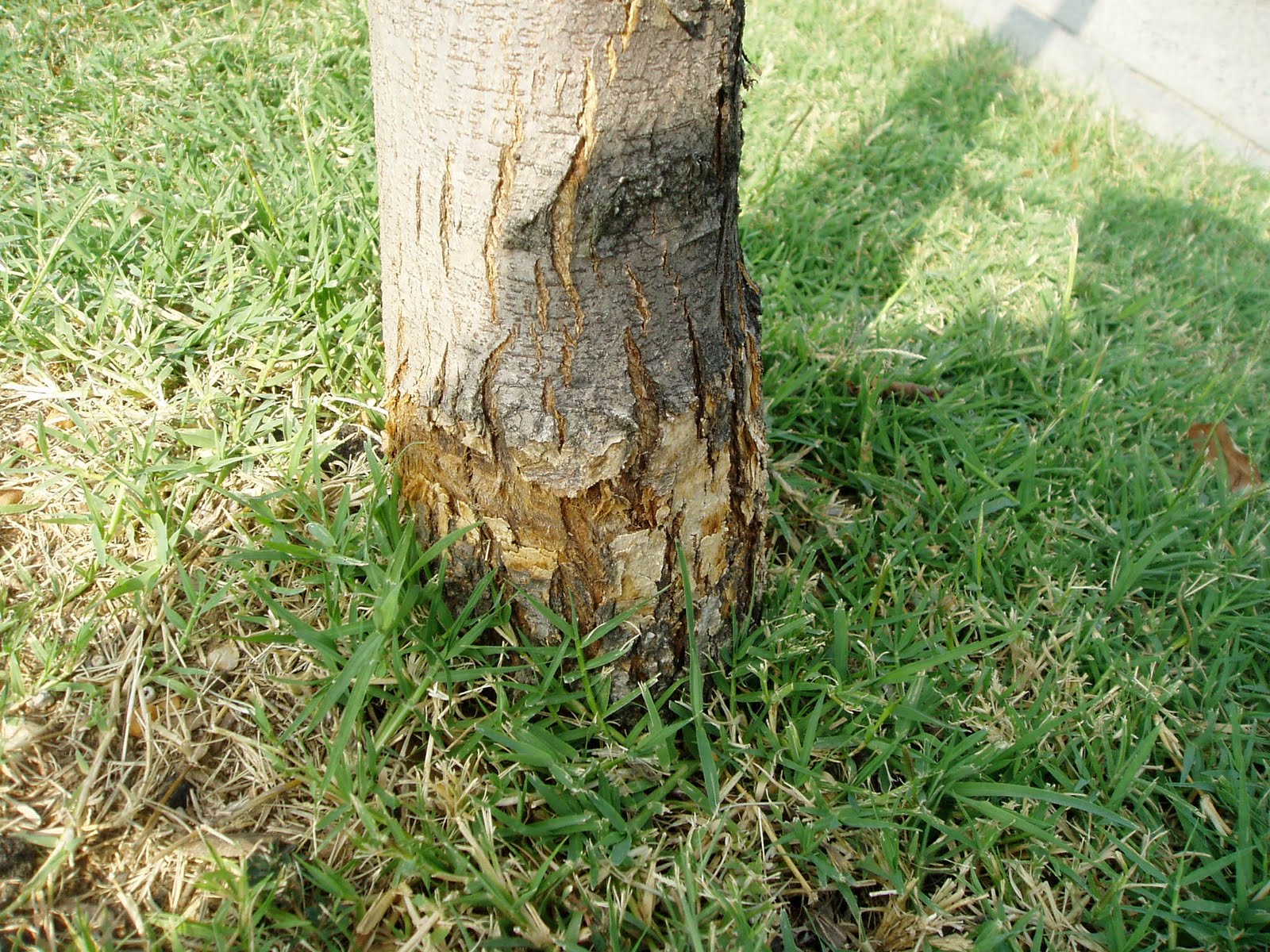Mechanical Injuries are a Threat to Tree Health
go.ncsu.edu/readext?801838
en Español / em Português
El inglés es el idioma de control de esta página. En la medida en que haya algún conflicto entre la traducción al inglés y la traducción, el inglés prevalece.
Al hacer clic en el enlace de traducción se activa un servicio de traducción gratuito para convertir la página al español. Al igual que con cualquier traducción por Internet, la conversión no es sensible al contexto y puede que no traduzca el texto en su significado original. NC State Extension no garantiza la exactitud del texto traducido. Por favor, tenga en cuenta que algunas aplicaciones y/o servicios pueden no funcionar como se espera cuando se traducen.
Português
Inglês é o idioma de controle desta página. Na medida que haja algum conflito entre o texto original em Inglês e a tradução, o Inglês prevalece.
Ao clicar no link de tradução, um serviço gratuito de tradução será ativado para converter a página para o Português. Como em qualquer tradução pela internet, a conversão não é sensivel ao contexto e pode não ocorrer a tradução para o significado orginal. O serviço de Extensão da Carolina do Norte (NC State Extension) não garante a exatidão do texto traduzido. Por favor, observe que algumas funções ou serviços podem não funcionar como esperado após a tradução.
English
English is the controlling language of this page. To the extent there is any conflict between the English text and the translation, English controls.
Clicking on the translation link activates a free translation service to convert the page to Spanish. As with any Internet translation, the conversion is not context-sensitive and may not translate the text to its original meaning. NC State Extension does not guarantee the accuracy of the translated text. Please note that some applications and/or services may not function as expected when translated.
Collapse ▲
Without a buffer between the lawn and tree trunks damage is likely. Such is the case with this cherry tree. There is nothing to be done once the damage has taken place. A mulch buffer would have prevented this damage form the weedeater. (Credit Casey Trees)
When a tree is bumped, scraped, or chewed by a lawn mower or weed eater, the resulting wound can seriously threaten the life of that tree. Not only is the wound itself damaging, but pathogens can enter the wound, causing further distress. Microorganisms often attack injured bark and invade the adjacent healthy tissues, greatly enlarging the affected area.
It is not unusual for a tree to be completely girdled from microbial attack following mechanical damage from mower or weed eater wounds. Decay fungi on the surface of the wound can cause structural deterioration of the woody tissues beneath the wound. The resulting internal decay can cause the wounded tree to break off at the stem or root collar.
These injuries occur when operators attempt to trim grass around tree trunks with a mower or weed eater. The root buttress is the most common site of injury, though wounds may be found anywhere from the roots to several feet above the ground. To prevent such injuries, turf around trees can be removed and replaced with mulch. Mulching conserves moisture for the tree roots, and competition from the surrounding turf is reduced. Hand trimming the grass immediately around the tree trunk can also prevent injuries.
The most severe injuries from lawn mowers occur during periods when the tree bark “slips” in early spring during leaf emergence and in early fall during leaf drop. During these periods, even minor injuries will produce large wounds.
Though the problem of lawnmower and weed eater injury has been well researched and scientists have been aware of the problem for years; lawnmowers and weed eaters (and their operators!) remain a constant threat to tree health.
Protect your trees from damage by mulching around them. For information on proper mulching search the internet using the keywords proper mulching, trees, and North Carolina. Both NC State Universtiy and the NC Urban Forest Council have excellent informational publications.




